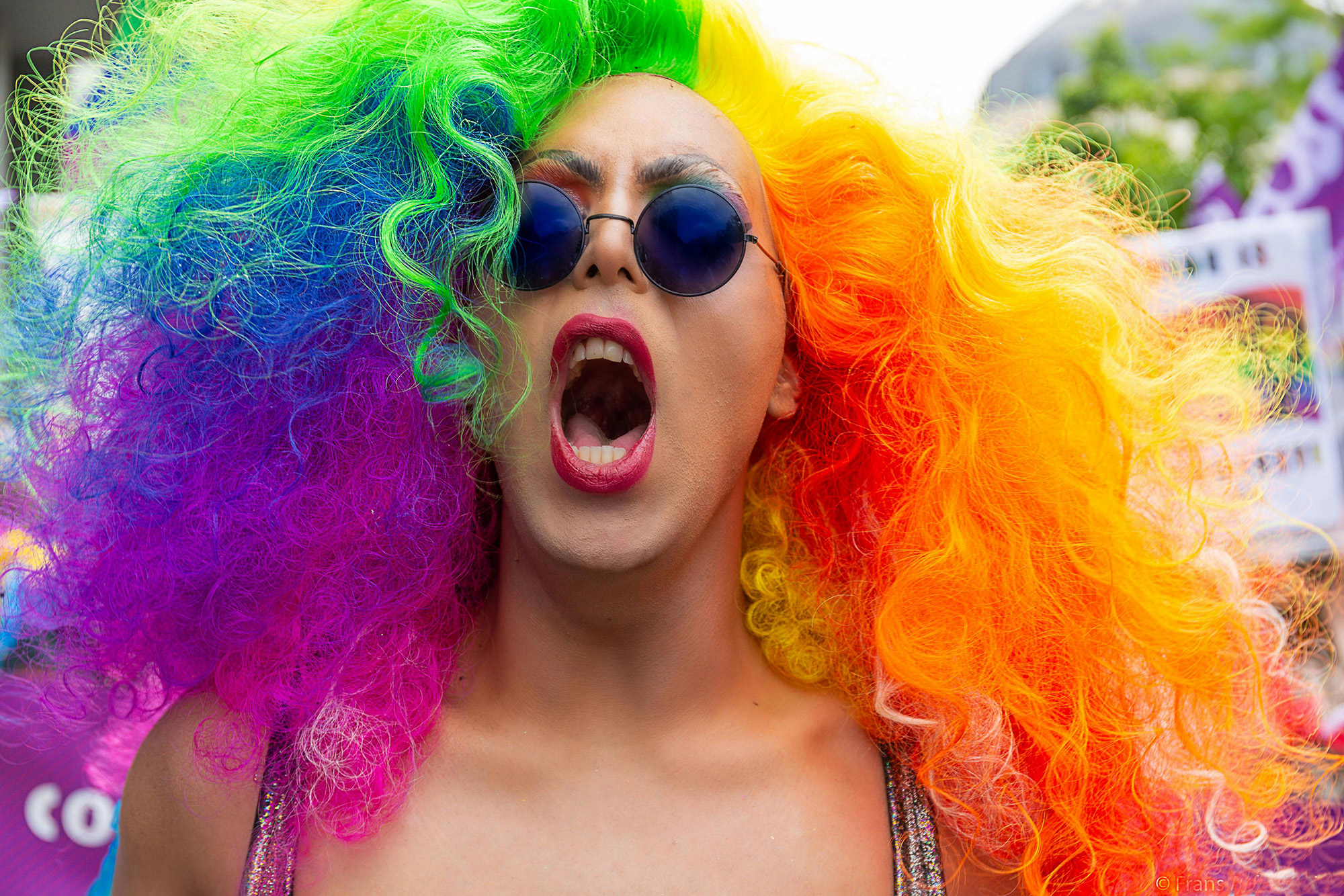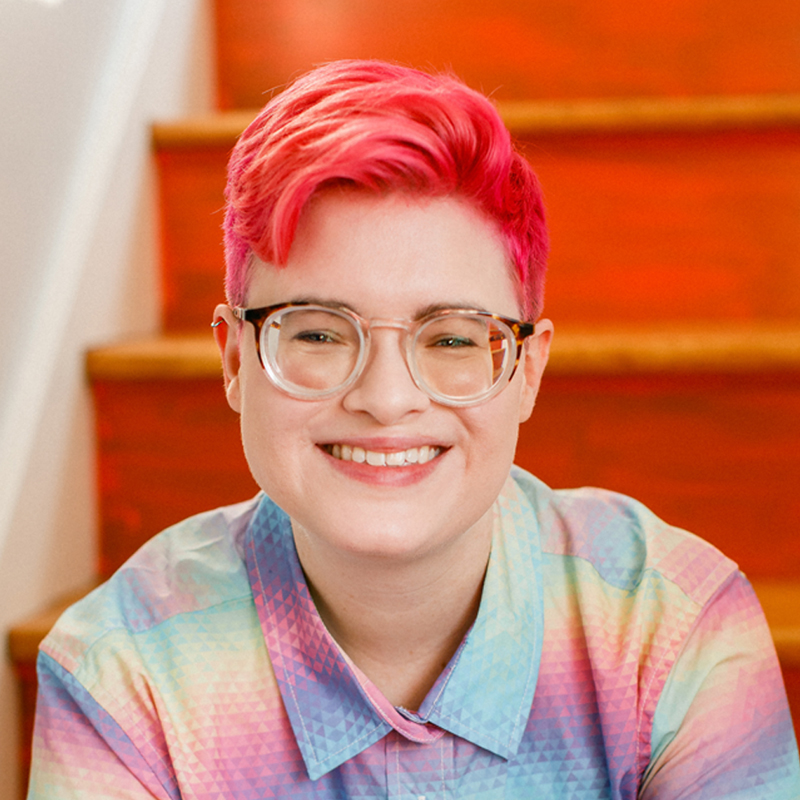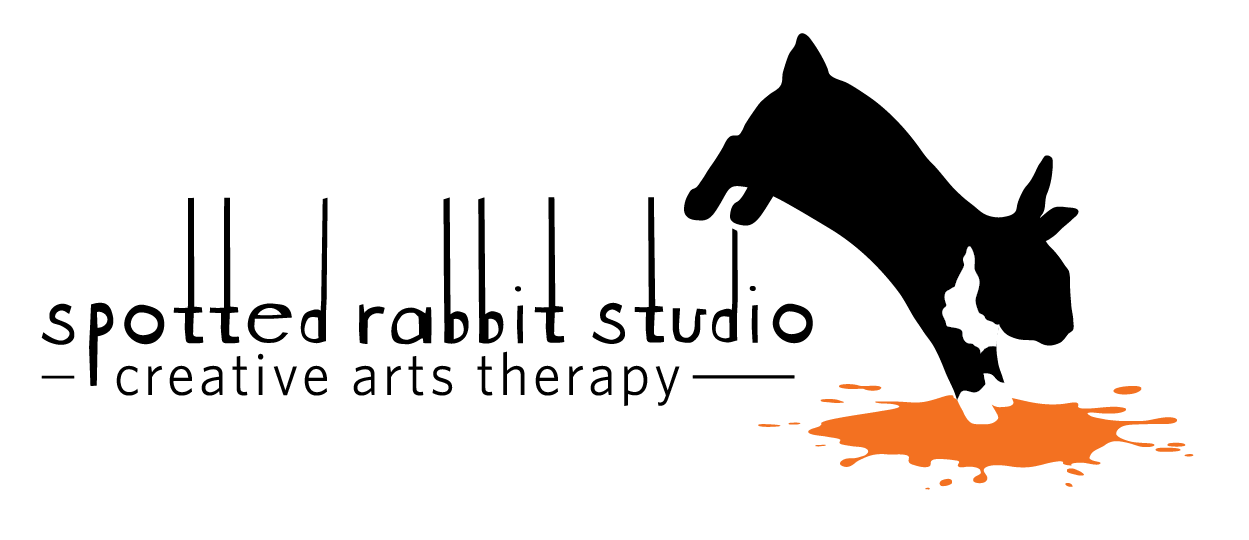
When overwhelmed by what more I could be doing, and what my mind and body needs to try to stay resilient, present, and sane, I often return to one of my favorite pieces of practical queer literature, The Queer and Transgender Resilience Workbook by Dr. Annelise Singh. My notes from my past self give me a moment to reflect on who I am, what’s important to me, and what I need in order to keep moving forward. Although I will not dive into all of the resilience strategies and skills Dr. Singh explores, I’ve included a few key strategies below that I keep coming back to, professionally and personally:
“…that is what the world actually needs more of – more happy, empowered, liberated, and affirmed queer and trans people who know they are valued and loved and are treated with respect and dignity. ” Dr. Annelise Singh (2018)
STrengthening your self-esteem
Your self-worth and self-esteem are important influences on how you show up in the world. Self-doubt, your inner critic, and negativity are often barriers for us when pursuing goals, getting involved socially, and working towards beneficial changes. What negative or unhelpful messages are you holding onto? Internalizing kinder and more empowering messages are the first step in fighting your inner critic, so you can take real life action and become more confident in your own abilities to take on the challenges of life.
maintaining creativity and inspiration
Self-expression is one of our most effective tools for maintaining some semblance of control, while also giving ourselves permission to be adventurous and authentic. Although not everyone identifies as a creative person, we all hold creativity within us and yearn to create. Crafting, decorating, playing with fashion and makeup, photography, singing and music making; these are all valid forms of creative expression beyond the traditional fine arts. What and who inspires you? How can you be more creative everyday?
Building Community
Our quality of life and everyday mental health is greatly influenced by those around us, from family, neighbors, and coworkers, to our chosen loved ones and online community experiences. The attitudes, behaviors, and overall quality of our relationships are a significant indicator of how mentally healthy we are, and can realistically be, given the circumstances of those we exist around. But how do we build healthier relationships and a strong sense of community when it feels like we already don’t have much capacity or ability to really connect? Although there is no one right way to find and build connections, there are a few basics to keep in mind:
- Finding those who have shared values, interests, and skills (ex. skills-based workshops, social justice groups)
- Finding those with shared life experiences (ex. LGBTQ+ events, local and online support groups)
- Using every tool in your tool box: participating in in-person and online experiences, maintaining a social routine, and accessing your existing pools of community, such as those within your work and school communities
Finding your role in social change
Within the same vein of getting involved, I know many of us are trying to figure out how to be of help to others and contribute to social justice, near and far. Reflecting on your strengths and existing skills, and matching yourself with a compatible role can be an effective starting point. You’ll know what roles you will already work best in when approaching causes and groups to become involved in. The Four Roles in Social Change by George Lakey is a helpful reference in simplifying these skills, and finding a compatible role:
- Helper: the Helper uses education, skill sharing, and encouragement within their group to ensure everyone is informed and feels more empowered
- Advocate: the Advocate works with institutions to help bring about governmental policy changes
- Organizer: the Organizer assists with both short-term and long-term planning, leadership development, and overall community organizing at the grassroots level
- Rebel: the Rebel engages in direct and public actions, like protests, to help bring about attention towards specific issues and accountability to those in power
Although there is only so much we as individuals have control over and can do when faced with the stressful, but ever familiar forces of oppression and white supremacy, we do have options and the contributions of our diverse, strong, and wise community to lean on. I encourage you to reflect on your relationship with your own resilience. What and who helps you feel hopeful, strong, and empowered? The answers to these questions and your reflections from Dr. Singh’s strategies will hopefully be a reminder of just how resilient you are, and how much more you’re capable of.
some books to add to your bookshelf
- The Queer and Transgender Resilience Workbook by Dr. Annelise Singh
- Underdogs: Social Deviance and Queer Theory by Heather Love
- Transgender Warriors by Leslie Feinberg
- The Book of Pride by Mason Funk
- Transgender History by Susan Stryker

Lyrah Wallace, LCAT is licensed in New York State as a creative arts therapist. They have two MS degrees from Emporia State University in art therapy and clinical counseling. They have been practicing art-based psychotherapy since 2018 and currently see teens and adults at Spotted Rabbit’s Pittsford, NY studio.
Lyrah has lived experience and professional training in addressing the needs of LGBTQ clients, particularly those who are trans and/or non-binary. They also specialize in neurodivergence and complex trauma.
